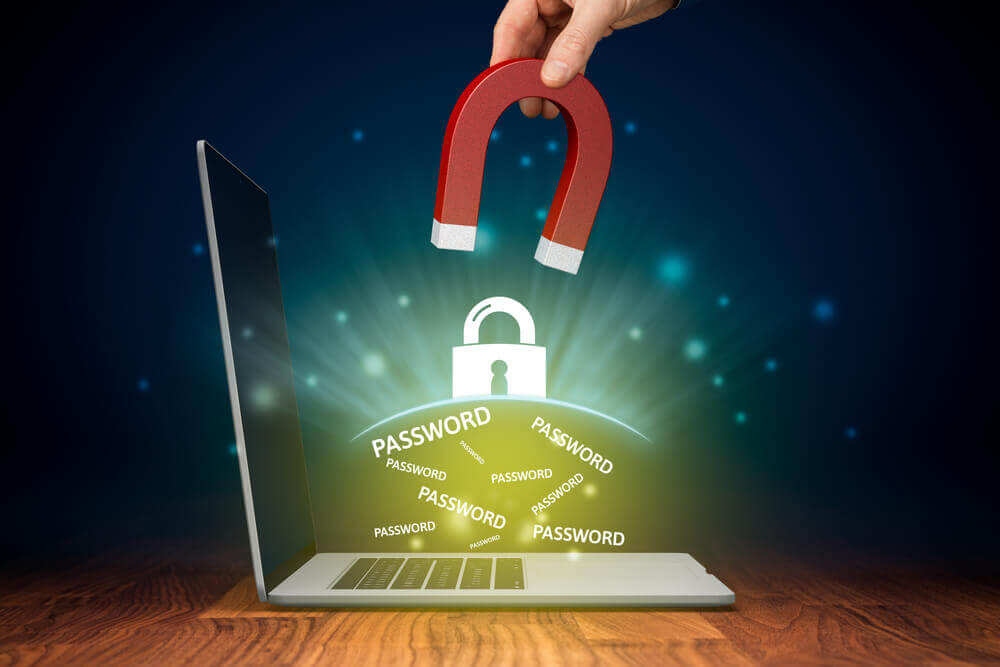

What is a Keylogger? [And How to Protect Yourself]
“They’re watching my keystrokes?”
As cybersecurity threats become more vicious, they’re also becoming more cunning in the ways they capture data. While this is true, one of the most prominent is also one of the oldest data-stealing techniques — keylogger malware programs.
“What is a keylogger?”
Keyloggers are software systems designed to log keystroke data from a user’s computer and transmit them to a third party. Cybersecurity threats frequently hide keyloggers in malware programs to steal confidential information. Some of the most commonly stolen data points include passwords, banking information, and other sensitive items.
“Are there legitimate uses for keyloggers?”
Though commonly employed by cybersecurity threats, keyloggers may also have a legitimate application. For example, some business entities may use keyloggers to monitor employee computer usage as white hat spyware. Investigators may use keyloggers for user surveillance. Software developers and researchers may also use approved keylogger systems to study user experience.
While there are many legitimate uses for keyloggers, they have a propensity to be misused for cybercriminals.
“How does a keylogger work?”
Keyloggers are installed on the backend of a computer’s operating system or possibly an internet browser through a third party — either through an approved entity or without the user’s knowledge. Like many other malware programs, keyloggers are frequently downloaded due to a user clicking on a malicious link or downloading a file they believe to be harmless. Keyloggers can also be installed through an external hardware device — such as a mysterious flash drive — plugged into a computer’s USB port.
Once installed, depending on the particular software, a keylogger can capture and transmit everything from website form data and screen activity to even hijacking the cameras, microphones, or a device’s GPS information.
“How can I protect myself or my organization against keyloggers?”
Revisiting cybersecurity best practices is the best way to protect yourself or your workplace against keylogger infection.
- Do not skip system updates containing the latest security patches.
- Employ robust password protocol — including complex passwords and two-factor authentication.
- Employ a reputable anti-virus scanning system capable of detecting keyloggers.
- Considering utilizing a virtual private network (VPN) to help protect your data from snooping third parties.
- Double-check any links before clicking on them from emails — even from people you know — to protect yourself from phishing attempts.
Never connect to open wireless internet networks without proper protections. Also, make sure your wifi router is thoroughly password protected.
June 15th, 2021








